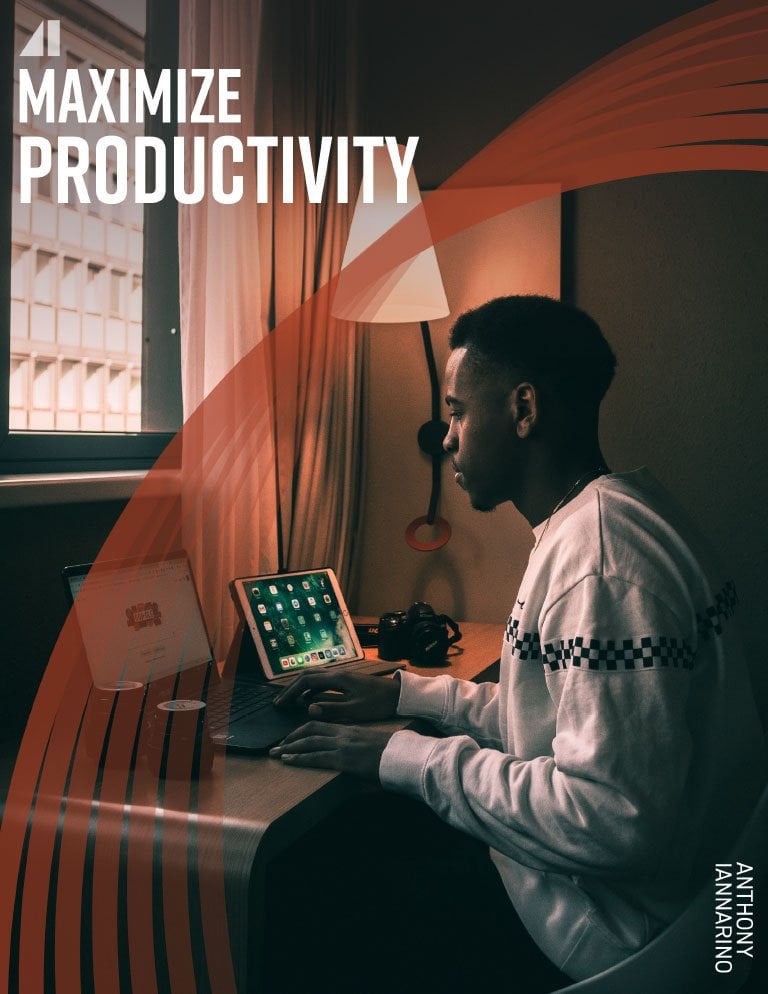A few months ago, I found a new software called Roam Research. The software is unlike any other software you are familiar with, in large part, because it isn’t much like anything you might currently use as part of your workflow. To understand Roam’s value, you need to understand the two novelties that make it the most powerful tool for notes, and especially notes you can act on in the future.
Blocks: Everything in Roam starts with a bullet point, which doesn’t make sense until you understand how Roam works. The bullet is a stand-alone piece of content. Once you create a block, it is available to you as you write or create new blocks. If this doesn’t make sense to you, stay with me. It will make sense later.
Bidirectional Links: When you create blocks, putting double brackets around any term will automatically create a new page for that term. The two brackets will also create a page with every other block that contains that term, allowing you to find all of the content that includes whatever you bracketed.
Roam allows you to bracket anything you want, from a term to a person’s name to a location. The power of this approach allows for a modern-day Zettlekasten. Unless you are very serious about note-taking, it is unlikely that you are familiar with the term Zettlekasten, which means you need one more piece of information to understand the value of Roam Research.
Luhmann and the Zettlekasten
The idea of a Zettlekasten comes from German Sociologist, Niklas Luhmann. Luhmann would read books, articles, and papers, taking notes on what he read in a precise way. He would write his thoughts about what he read on a single slip of paper, with a reference on the slip (Zettle). He stored all of his note cards in boxes (Kasten). When he had notes that belonged together, he would code them and connect them by referring to other cards. He also kept a bibliography and an index of the main topics he studied.
Luhmann wrote 70 books and countless articles throughout his life, describing the Zettlekasten as his writing partner. He hinted that he didn’t really write books, so much as he organized them, having already done most of his thinking and writing.
Luhmann wrote a single idea on a single card, and the idea is now termed an “atomic” note. The idea stands alone, whether it is a paragraph or more, or a single sentence that summarizes the writer’s view of what they read in their own words.
The Value of Notes in the Future
The reason Roam is so valuable to this process is that each block is a single note. But instead of having to keep index cards (like Ryan Holiday) in cases, you keep them electronically. You also don’t have to link the notes together using codes because the bi-directional linking takes care of that for you.
When you need to review your notes, whether from books or articles you’ve read, podcasts you’ve listened to, or YouTube videos you have watched, a simple search for anything you have in double brackets returns every other note that shares that term. If you do a lot of writing from your notes, this is a game-changer.
If you keep client notes, bracketing the client’s name is all that is necessary to pull up every note from every conversation by typing the client’s name in a search bar.
How I Take Notes
Mostly, I prefer to read hardcover books. If I am studying a topic, I will read the hardcover book and listen to it on audio when driving, flying, or doing something that doesn’t require my full attention. Because I don’t want to have to type notes from the books I read, I use a software program called Readwise, which allows me to take a picture of the page using an iPhone app, highlighting the text I want to use as a reference. Readwise also will enable you to pull all your notes, including the ones from Kindle or Instapaper into Evernote, where you can copy them and paste them into Roam Research.
I find that an index and a bibliography are necessary, even though Roam’s search works perfectly, but I find I still like something linear. Roam doesn’t care where the block lives. It finds it and anything that is bidirectionally linked.
Because my handwriting is illegible (even to me), typed notes are critical. I now take atomic notes, ala Luhmann, and add the reference block from the page containing all of the notes from a particular book. The double brackets let me find the notes from any particular topic about which I am writing.
There is no application for Roam yet, but I am told there will be in the future. All of your notes are stored on their servers, but in the future, the application will allow you to store your notes on your computer (there is a workaround now, but I am not brave enough to try it).

Get the Free eBook!
Take control. Maximize your productivity.
Being productive means getting important things done. The stuff that moves you toward accomplishing your most important goals. The strategies in this eBook will have you producing the results you want.
Download Now







.jpg?width=768&height=994&name=maximize-productivity-ebook-v3-1-cover%20(2).jpg)



Comments